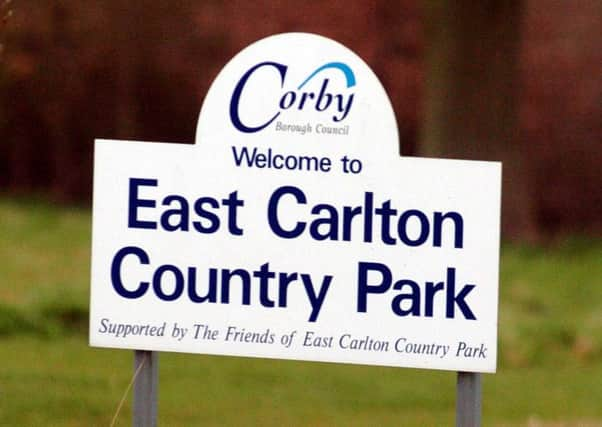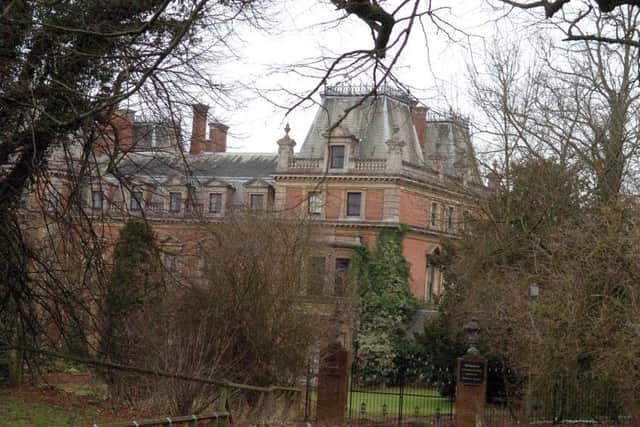Vandalism at East Carlton Park


Grade II listed East Carlton Hall, which is in the grounds of East Carlton Park, is privately owned and has been undergoing refurbishment.
The surrounding grounds are owned and managed by Corby Council.
Advertisement
Hide AdAdvertisement
Hide AdBetween Saturday, July 13, at 7pm and 9am on Monday, July 15, the country house was broken into and graffiti was painted on to some of the walls.


The vandalism continued after the park staff left some time between Tuesday, July 16, at 6.30pm and 9am on Wednesday, July 17.
A female toilet and shower block of the camping area in the park was damaged.
The offenders also cut a chain to the gate of the stately home before forcing a ground floor window open and entering.
Advertisement
Hide AdAdvertisement
Hide AdLeaving a trail of havoc inside, the yobs caused damage by using spray paint, expanding foam and letting fire extinguishers off.
As well as committing vandalism, the gang then stole two transformers, two boxes of silicone tubes, a Makita charger, three Makita batteries, a small Makita drill and a box of angle grinder discs.
Another attempt at entry was then discovered on Friday, July 19.
Occurring some time between 7.30pm on Thursday, July 18, and 7.10am the next day, unknown offenders cut a padlocked chain from the front gate of the grounds before attempting to prise open a wooden sash window.
Advertisement
Hide AdAdvertisement
Hide AdThe thieves were unable to gain entry and nothing was taken.
East Carlton Country Park was formerly the deer park surrounding the hall, which was the country seat of the Palmer family until the 1930s.
The present hall, constructed in 1870, was designed for the Palmer family by E P Law of Northampton.
In the 1920s the hall and the park were leased to the Firth family of Sheffield steel fame.
Advertisement
Hide AdAdvertisement
Hide AdIt was sold to steel firm Stewarts & Lloyd in 1934 and housed its offices during the Second World War.
Immediately after the war it was used as accommodation for management trainees and company guests.
In 2017, the condition of the historic building had deteriorated to the point where it had a fungal infection inside.
Since then it is thought that owners have been repairing the damage making a number of urgent internal and external repairs in order to prevent further deterioration.